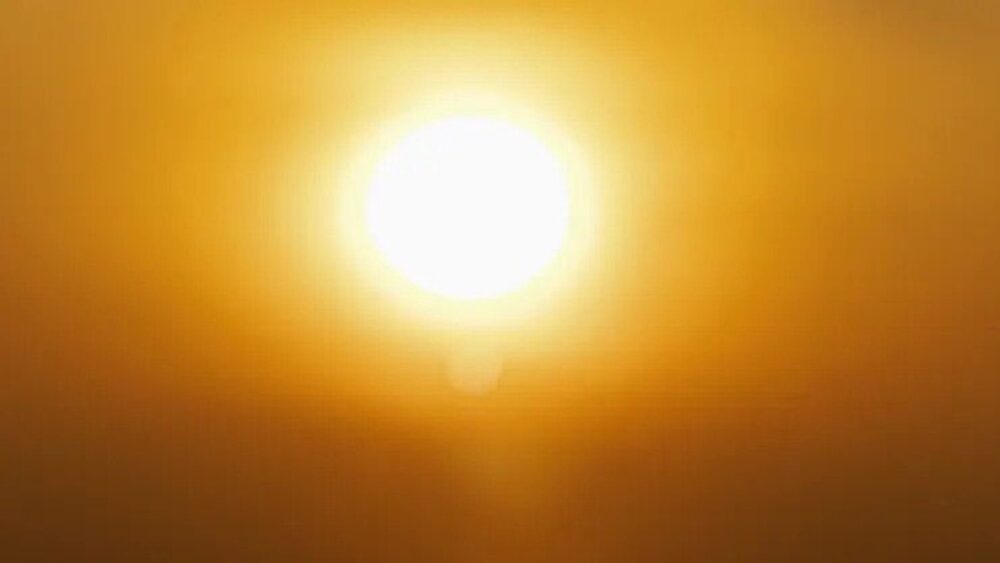Out of all the jargon emerging from the fight against climate change, the phrase “solar geoengineering” might be a new one.
The White House has announced a five-year plan to research this new solar geoengineering strategy, which consists of finding ways to reflect sunlight away from the earth’s surface.
Solar geoengineering was previously just a technology found only in science fiction but is now being seriously considered as world leaders become desperate to find solutions to a “warming earth” and its possibly catastrophic consequences, according to CNBC.
The two primary methods of solar geoengineering are stratospheric aerosol injection (SAI) and marine cloud brightening (MCB).
The first method, SAI, is completed by injecting small aerosol particles into the stratosphere. The particles would reflect sunlight away from the earth before it has enough time to heat up the air.
The second, MCB, involves spraying a sea salt mixture into low-lying marine clouds, which would brighten the surface of the cloud and reflect back sunlight.
Both methods are being investigated heavily by scientists, but remain experimental and controversial nonetheless.
Solar geoengineering is being considered a potential high-reward, albeit high-risk, solution to climate change.
“Sunlight reflection has the potential to safeguard the livelihoods of billions of people, and it’s a sign of the White House’s leadership that they’re advancing the research so that any future decisions can be rooted in science, not geopolitical brinkmanship,” says Chris Sacca, the founder of climate tech investment fund Lowercarbon Capital.
The White House’s Office of Science and Technology Policy plans to put together a report detailing the goals and methods of a future solar geoengineering venture.
However, the potential drawbacks of solar geoengineering are evident. Any emission of particles into the atmosphere has a global effect, and traditional aerosols, such as sulfur dioxide, are known to be harmful to humans.
“For example, depending on what particles are used, solar geoengineering could impact the ozone layer, or even shift stratospheric dynamics in a negative way,” says Frank Keutsch, Stonington Professor of Engineering and Atmospheric Science and Professor of Chemistry and Chemical Biology at Harvard.
The Union of Concerned Scientists also opposes solar geoengineering, citing that both more regulation and more experimentation are needed before governments can even think of starting the process.


